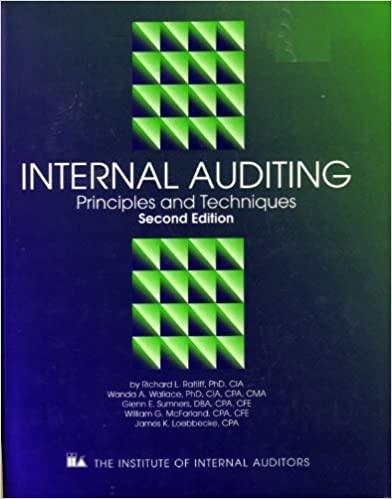Question
Carol is your accounting client and has come to you to prepare her tax return. During the 2017- 18 financial year, Carol disposed of the
Carol is your accounting client and has come to you to prepare her tax return. During the 2017- 18 financial year, Carol disposed of the following assets:
- (a) A holiday house. The house was purchased on 1 October 2004 for $350,000 and sold for $650,000. The contract of sale was entered into on 5 May 2018 and settlement is to take place on 5 July 2018. The stamp duty and legal fees at the time of acquisition were $20,000. The advertising and estate agents fees at the time of disposal were $8,000. On 1 April 2015, Carol spent $35,000 adding a second bathroom to the house. Carol rented the house out for 6 months, from 1 October 2010 to 1 April 2012. During this period she derived rent of $15,000. At all other times she kept it for private use by her family. During the period that she owned the holiday house she had paid a total of $75,000 in interest, rates and insurance. She had claimed $15,000 of the $75,000 as a tax deduction during the relevant financial years.
- (b) Vacant Land. Carol sold vacant residential land originally purchased on 16 June 1984 for $100,000. She initially intended to build a house on the land, but lacked the finance to do so. The land was sold for $500,000. The contract of sale was entered into on 28 May 2018 and settlement is to take place on 30 August 2018.
- (c) A Harley Davidson motor cycle. The motor cycle was purchased by Carol for $130,000 on 1 July 2012. It was a special and rare motor cycle with only 4 made in 1956 and based on the Easy Rider film. It was sold for $220,000 on 12 December 2017.
- (d) A painting. The painting was purchased by Carol for $20,000 on 1 May 2009 and sold for $30,000 on 30 April 2018.
- (e) A horse. Carol used the horse for recreational purposes. Carol had bought the horse on 1 May 2014 for $6,000. She sold the horse to a horse trainer for $16,000 on 26 March 2018.
- (f) On 1 July 2006, Carol purchased a house for $300,000, which she used as her main place of residence. On 1 July 2012 she left Australia to take up a job in London. During her stay in London she did not buy a house, but instead lived in rented accommodation. She returned to Australia and began living in the house again on 30 June 2016. During her absence from Australia, a friend lived in the house and paid Carol rent of $12,000 per year. Her friend also paid all the outgoings on the house such as the rates, insurance and electricity. The house was sold for $600,000 on 26 May 2018.
- (g) Shares. Carol bought BHP shares on 2 June 2017 for $45,000. She sold those shares on 2 May 2018 for $90,000.
Carol has capital losses she is carrying forward from previous years of $65,000 from the sale of an antique and $130,000 from the sale of some shares.
Carol also received a salary of $89,746 from her position as the manager of a small engineering consulting practice. She also received a fully franked dividend of $4,500 from her ANZ Bank shares. She received a travel allowance of $1,400 for the year and claimed a total of $2,365 as the actual expenses. She has no other deductions. Her employer withheld $22,000 as PAYG W. Carol does not have private hospital insurance and she lives by herself.
In addition, Carol received $500,000 from her grandmother as a gift and she won a motor car valued at $35,500 from a winning raffle ticket.
REQUIRED:
Calculate Carols tax payable for the year ending 30 June 2018.
Step by Step Solution
There are 3 Steps involved in it
Step: 1

Get Instant Access to Expert-Tailored Solutions
See step-by-step solutions with expert insights and AI powered tools for academic success
Step: 2

Step: 3

Ace Your Homework with AI
Get the answers you need in no time with our AI-driven, step-by-step assistance
Get Started


